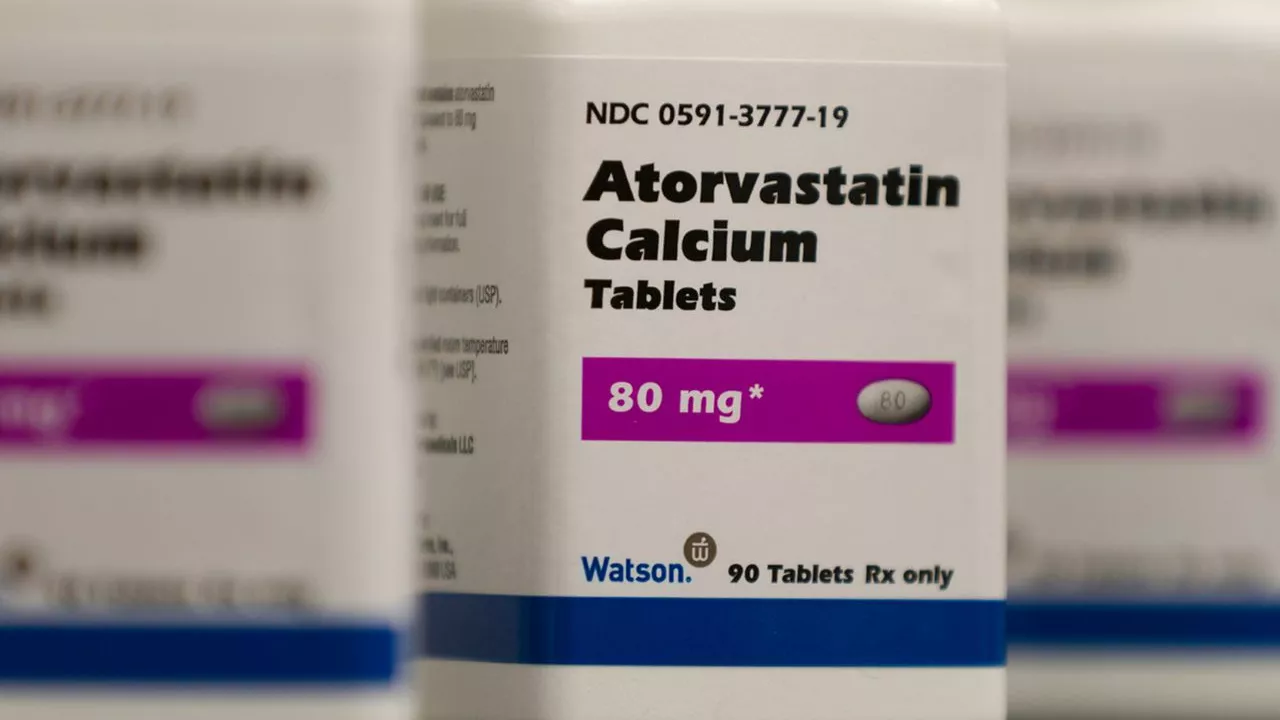Cholesterol treatment: practical steps to lower LDL and protect your heart
High cholesterol can feel scary, but you don’t always need a pill right away. Many people cut their LDL (“bad”) cholesterol by 20–30% with focused diet and exercise changes. Here’s a straightforward plan you can follow and discuss with your doctor.
Start with the numbers
First, know your labs. Ask for a fasting lipid panel that shows total cholesterol, LDL, HDL, and triglycerides. Also note your estimated 10-year cardiovascular risk — that helps decide if medication is needed now. If you don’t have recent tests, get them. Targets vary by age and risk, so bring results to your clinician.
Don’t obsess over a single reading. Doctors look for trends: one high test may lead to lifestyle steps and a repeat check in a few months before starting meds for many people.
Treatment options that actually help
Make lifestyle changes first when your risk is low or moderate. Eat more soluble fiber (oats, beans, apples), add plant sterols (fortified margarine or spreads), and cut trans fats and too much added sugar. Swap processed snacks for nuts, fatty fish, and olive oil. Small swaps add up.
Move more: aim for 150 minutes a week of moderate aerobic activity and two strength sessions. Losing 5–10% of body weight often improves LDL and triglycerides. Quit smoking and limit heavy drinking — both lower your heart protection.
Supplements can help some people. Omega-3s lower triglycerides; certain garlic extracts (like Lasuna) or probiotics (kefir) show modest benefits for heart markers. They’re not replacements for proven treatments but can be useful alongside diet and exercise.
If lifestyle changes aren’t enough, medications step in. Statins are the most commonly prescribed and have strong trial evidence for reducing heart attacks. If statins cause side effects, doctors may try lower doses, different statins, or alternatives like ezetimibe or newer PCSK9 inhibitors for higher-risk patients.
For people with specific conditions (kidney disease, genetic high cholesterol), other drugs or specialist care might be needed. That’s why personalized plans matter.
Practical tips: track your food for two weeks to spot problem areas, schedule regular follow-ups and repeat bloodwork at 6–12 week intervals after changes, and ask your clinician for a clear LDL goal. If you try supplements or alternative therapies, tell your doctor so they can watch for interactions.
Want quick reading from this site? Check our posts on lifestyle approaches to lower LDL, garlic extract benefits, and safe supplement choices to pair with medical care. Talk openly with your clinician — together you can pick a plan that fits your life and lowers your risk.

The Long-Term Effects of Atorvastatin Use
In my recent exploration, I delved into the long-term effects of Atorvastatin use, a medication commonly used to manage high cholesterol. I found that while it can effectively lower cholesterol levels and reduce the risk of heart disease, it's not without side effects. Long-term use can potentially lead to issues like liver damage, type 2 diabetes, and muscle inflammation or damage. It's crucial that patients on Atorvastatin maintain regular check-ups with their doctors to monitor any possible side effects. However, it's important to remember that for many, the benefits of taking Atorvastatin outweigh these potential risks.
- Health and Wellness (58)
- Drug Information (45)
- Pharmacy Information (19)
- Medical Conditions (17)
- Supplements (4)
- Diabetes (3)
- Travel Health (2)
- Parenting (2)
- Mental Health (2)
- Heart Health (1)
-
Sarcopenia: How Strength Training Slows Age-Related Muscle Loss
10 Dec 2025 -
How to Buy Affordable Ciprofloxacin Online: A Comprehensive Guide
25 Jan 2024 -
Muscle Aches from Statins: What Really Causes It and What to Do Next
28 Nov 2025 -
The Connection Between Spastic Muscle States and Multiple Sclerosis
6 May 2023 -
Baclofen vs. Alternative Muscle Relaxants: A Detailed Comparison
20 Oct 2025

26.07.23
Alistair Mukondiwa
20